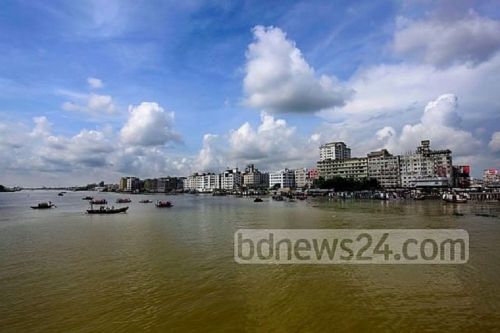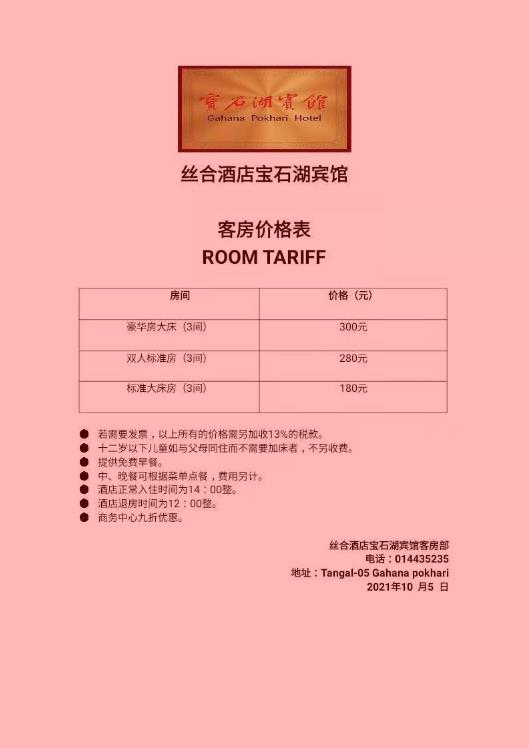
The government is planning to take up a mission in 2023 to turn the highly polluted Narayanganj city into a role model of clean environment for others.
The plan includes short-term, mid-term and long-term programmes to be implemented until 2040, according to a draft proposal prepared by the Department of Environment following recommendations by the parliamentary standing committee on the Ministry of Environment, Forest and Climate Change.
The draft plan was sent to Narayanganj City Corporation and the local administration for their opinion. The work will begin in January 2023 in consultation with them, said Muhammad Abdullah Aln-Mamun, a deputy director at the DoE’s Narayanganj district office. The civil society of the city will also be consulted, he said.
The programme will be initially implemented throughout 2023 while the short-term plan will be implemented from January 2024 to December 2030, and the long-term from January 2031 to December 2040.
The plan will be finalised after discussions with Narayanganj Mayor Salina Hayat Ivy, said Saber Hossain Chowdhury, chairman of the parliamentary committee. “If the plan succeeds in Narayanganj, similar plans will be taken for the other cities around Dhaka.”
A study by the Center for Atmospheric Pollution Studies at Stamford University has put Narayanganj to the third position among the cities with most polluted air in Bangladesh. Gazipur tops the list, followed by Dhaka.
According to 2020 data from Germany-based Local Governments for Sustainability, known as ICLEI, carbon emission is growing at an annual average of 5.8 percent in Narayanganj mainly due to industries.
Data published by the DoE in 2021 showed around 300 factories in Narayanganj has an Effluent Treatment Plant while nearly 100 others release liquid waste directly to the rivers Shitalakkhya and Buriganga.
Out of the 344 brick-kilns in the district, 254 are illegal and they have caused the Air Quality Index of the city to deteriorate heavily. According to IQAir, the Particulate Matter 2.5 concentration in Narayanganj is currently four times the WHO annual air quality guideline value.
According to the plan, a committee will be formed to identify the types and sources of pollution, and factories without DoE clearance and ETP.
A sewage treatment plant will be set up to stop city wastes from directly flowing into the Shitalakkhya river.
For solid wastes, a place will be designated for dumping and the agency responsible for managing such wastes will be monitored. Management of medical wastes will be ensured.

Mobile court drives will be conducted regularly to shut down the illegal brick-kilns after making a list.
The organisations responsible for sound pollution will be identified and face action. The individuals and organisations encroaching on water bodies will also be identified.
Steps will be taken to stop the use of banned polythene bags.
Trees will be planted at empty places of factories, industrial zones and educational institutions. Workshops will be organised to raise awareness about saving the environment and biodiversity.
The mid-term plan emphasises action against the factories without a DoE clearance or ETP.
The factories polluting the air and sound will face fines. Block bricks will be used in government projects.
The long-term plan includes steps to file cases against the factories without an environmental clearance or ETP. Their utility lines will be cut off.












